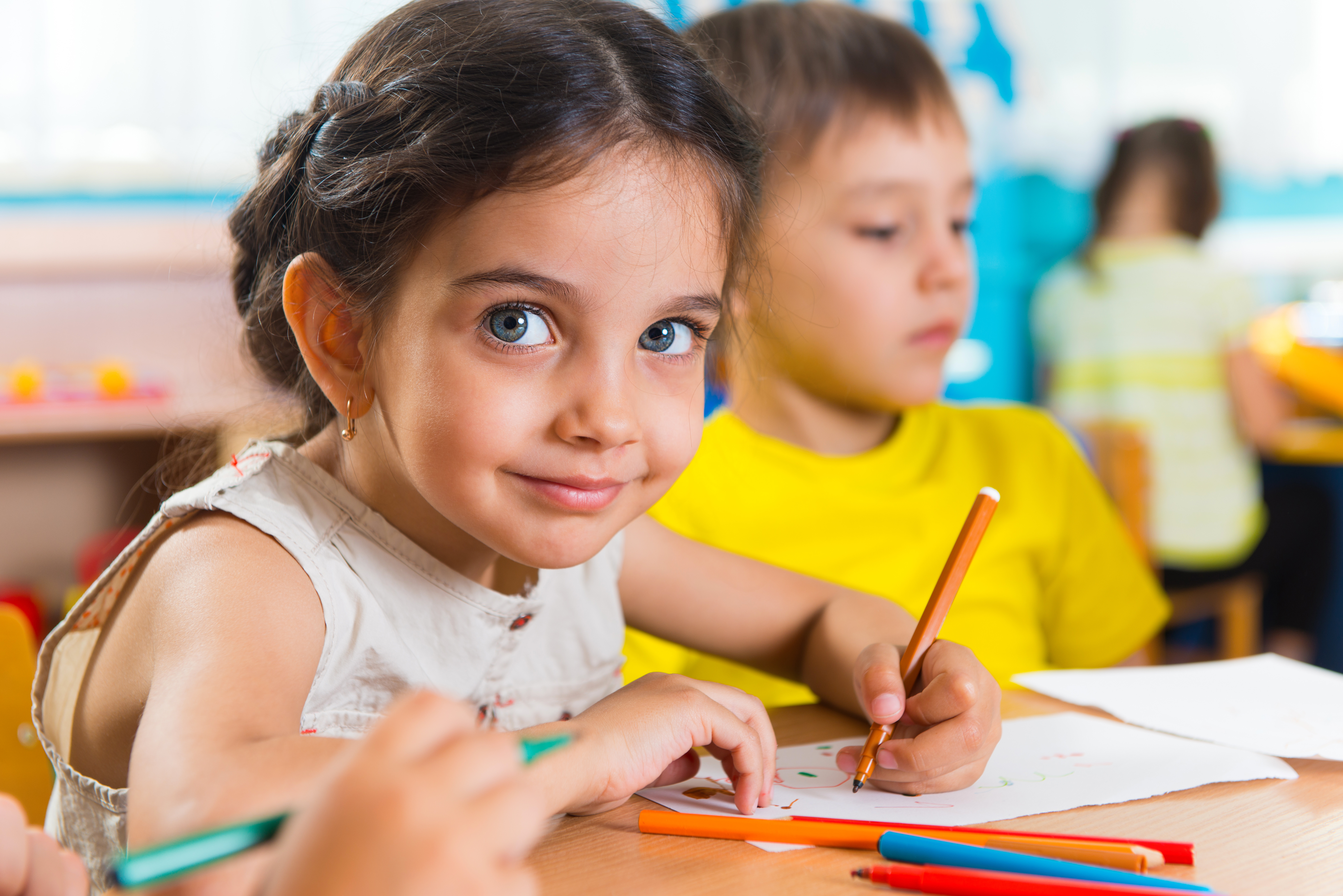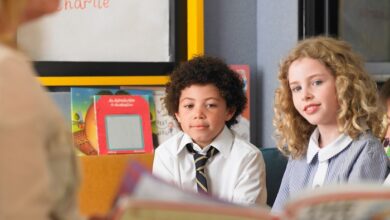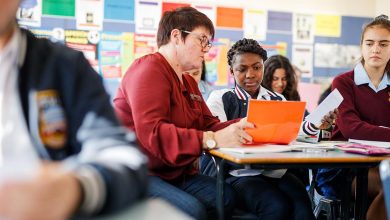Can starting school too young jeopardise development?

As part of the review of the Education Act, the Tasmanian State Government is proposing to lower the compulsory school starting age by six months, from five years to four years and six months.
The proposed change to the school starting age will apply to children born in 2016 and means that beginning in 2021, a child who is four years and six months by the start of the year must be enrolled in Prep or be provided with registered home education.
This brings the preschool age down to three years, and many Tasmanians are expressing concern at children being expected to commence their early learning programs at age three.

The plan has attracted both support, and intense opposition from some within the state. A Facebook page called ‘Tasmanians Say NO to a Lower School Starting Age’ has been established in an attempt to have the decision revoked.
The Facebook page lists updates such as the announcement on August 18 that Minister Rockliff had “just told parliament that the lower school age will be ‘optional’ and not compulsory”.
The page reiterates the theme that permeates the ’No’ campaign that the move is in direct opposition to current research.
With New South Wales exploring delaying the schools starting age in the not too distant past, and international regard for the Finnish system where formal school begins at age seven, lowering the age might be seen as out of step.
The message from the Tasmanian government however, centres around the benefits of early intervention and early learning for closing the gap between student outcomes of students from privileged backgrounds and those from disadvantaged backgrounds.
Opposing parties cite the psychological harm of rushing through the social and emotional intelligence learning that occurs through unstructured play, in favour of an emphasis on academic performance at a young age.
Last Tuesday, a new Education Act was tabled in the Tasmania Government and parliament will debate the future age of Tasmania school starters. Labor and the Greens oppose the bill, citing a need for further consultation, while Michelle O’Byrne referred to Labor’s deputy opposition leader in Tasmania, Michelle O’Byrne, said more consultation was needed before the reforms could be passed.
“We’ll be moving significant amendments to the bill … I’m really hoping that the bill, when it’s tabled, removes a number of the draconian provisions that are listed,” O’Byrne told ABC reporters.
Despite education minister Jeremy Rockliff’s promise of funding of $3 million for play areas across Tasmanian schools to better prepare children for their early years of school, concerns remain that the move is too much too soon and may jeopardise social development.







